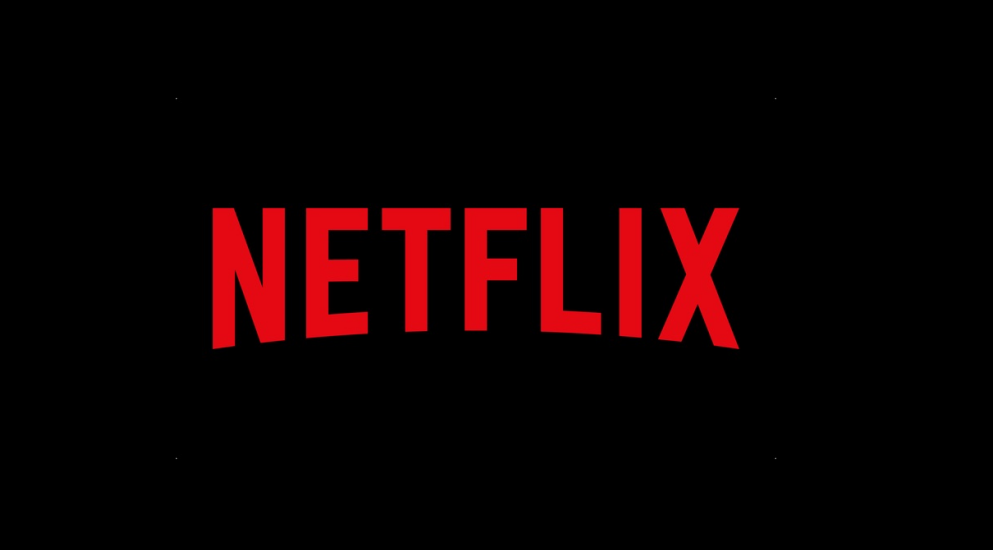Netflix has revealed it used generative artificial intelligence (AI) to create a groundbreaking visual effects sequence in its upcoming Argentine science-fiction series El Eternauta, marking the first time GenAI-generated footage has appeared in a Netflix original.
The announcement was made by co-CEO Ted Sarandos during the company’s second-quarter investor call on Thursday, where he praised AI as “an incredible opportunity to help creators make films and series better, not just cheaper.”
Sarandos cited the example of a dramatic scene in El Eternauta that required showing a building collapsing in Buenos Aires a complex visual effect that exceeded the project’s budget if done through traditional methods. Instead, Netflix’s internal production innovation group, Eyeline Studios, used generative AI to craft the sequence.

According to Sarandos, the AI-assisted visual effects were completed ten times faster than traditional techniques, and the cost was significantly reduced. “That VFX sequence would just not have been feasible for a show in that budget,” he noted.
The use of generative AI in Hollywood has been controversial, especially following the labor disputes of 2023. Concerns persist about the technology replacing human creativity and jobs. In response, Sarandos emphasized AI as a tool to empower creators rather than eliminate roles.
Netflix’s other co-CEO, Greg Peters, highlighted additional potential applications of GenAI beyond production. He envisioned a more intuitive user experience, where viewers can use voice commands like, “I want to watch a film from the ’80s that’s a dark psychological thriller”, and instantly receive personalized results something that current search systems cannot handle as effectively.
Peters also pointed to advertising as a promising frontier for AI innovation. With brands seeking more engaging content, generative AI could streamline creative development and expand opportunities across different ad spaces.
As Netflix leads the way in adopting GenAI, its use in El Eternauta signals a shift in how technology could reshape storytelling, viewer experience, and production economics all while raising important industry debates about the future of creative work.


